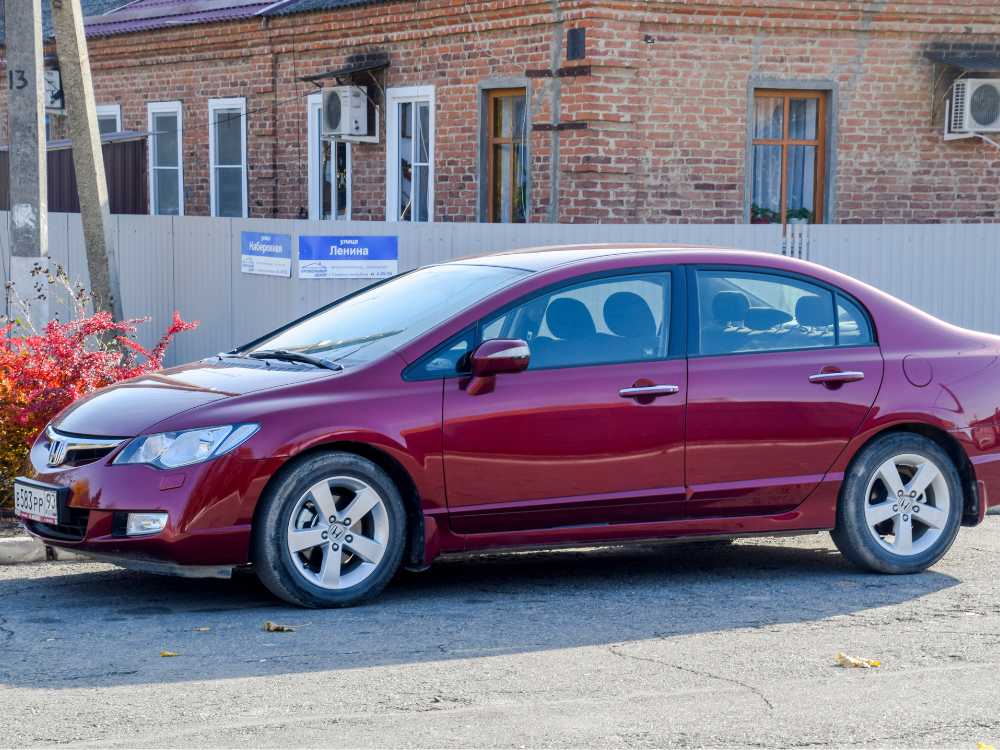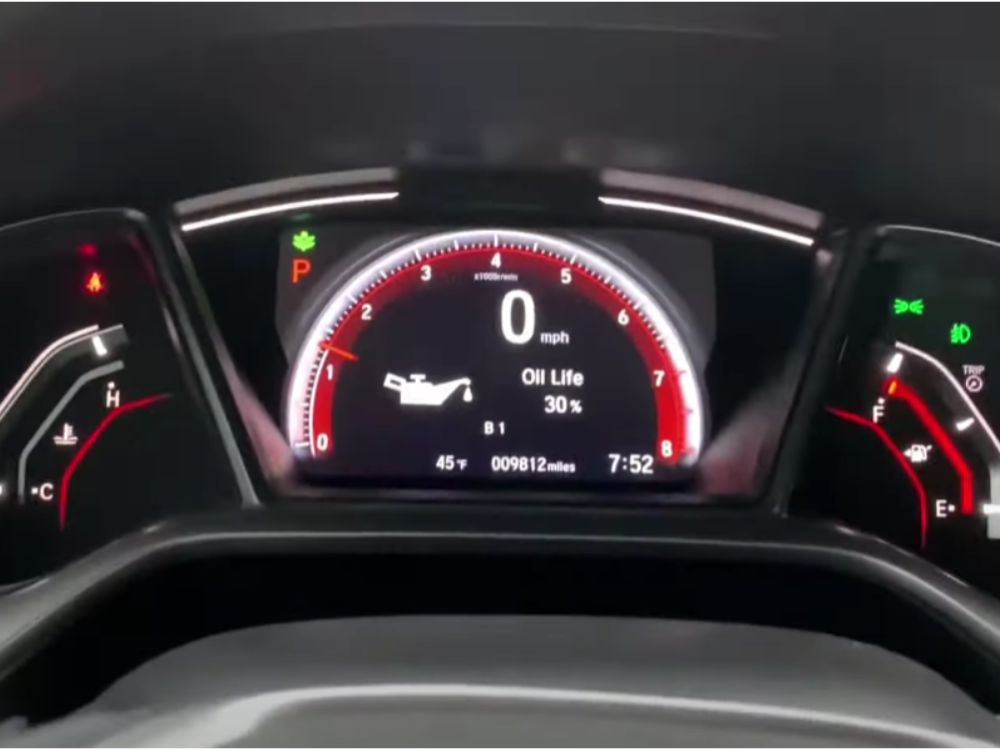Monday to Saturday - 9:00 am -18:00 pm

If you drive a Honda, you’ve probably noticed the “B1 Service” reminder on your dashboard at some point. Don’t worry—it’s not as complicated as it might seem! I remember the first time I saw that light, I wasn’t sure what it meant or if it was something serious. But over the years, I’ve learned it’s just a gentle nudge to remind you to give your car the attention it deserves. So, let’s walk through what Honda B1 Service is and why it’s important for keeping your car happy and healthy.
What is Honda B1 Service?
Think of the B1 Service as your car’s way of saying, “Hey, it’s time for a little TLC!” The “B” refers to some general maintenance, like an oil change and a thorough inspection. The “1” means it’s time to rotate your tires. Together, these simple steps help ensure your car runs smoothly and stays in good condition. It’s not just about keeping your engine in shape—it’s about making sure everything from your tires to your fluids is in check.

When Should You Get B1 Service?
You’ll typically see the B1 service light pop up every 5,000 to 7,500 miles, depending on your driving habits. I tend to drive a lot, so for me, it feels like it comes around pretty quickly. But trust me, staying on top of this service can save you from more significant issues down the road. Your car’s Maintenance Minder system is smart—it knows when your Honda needs a little extra love, so when that light comes on, it’s time to schedule your service.
What’s Included in the Honda B1 Service?
Let’s break down what actually happens during a B1 Service. While it might sound technical, it’s really quite straightforward, and these are all things that help your car run smoothly:
1. Oil and Filter Change
An oil change is essential for keeping your engine happy. Fresh oil ensures everything runs smoothly by reducing friction between the engine’s moving parts. I always feel like my car drives smoother after this—it’s like giving your engine a little refresh. And don’t forget the oil filter! It catches any dirt or debris that could harm the engine, so changing it regularly is a must.
2. Tire Rotation
Tire rotation is another important part of the B1 service. Your tires wear unevenly depending on where they’re positioned on the car. Rotating them every service ensures they wear out evenly, which not only extends their life but also gives you better handling and fuel efficiency. It’s such a small task, but it makes a huge difference in the long run.
3. Brake Inspection
Brakes are one of the most critical safety features in your car, so it’s always a good idea to check them regularly. During the B1 service, your mechanic will inspect the brake pads and rotors to make sure they’re in good condition. If they notice any wear, you might need to replace them, but this is usually an easy fix. I always feel much more comfortable knowing my brakes are in top shape, especially when driving in stop-and-go traffic.
4. Fluid Level Check
Checking your fluid levels might seem like a small thing, but it’s crucial. Whether it’s your brake fluid, coolant, or transmission fluid, these all help keep your car running smoothly. Low fluid levels can cause major issues if ignored, so I’m always grateful that this is part of the B1 service. It’s one of those things you don’t think about until it becomes a problem, so having it checked regularly is a good habit.
Why is Honda B1 Service Important?
I can’t emphasize enough how much regular maintenance helps in the long run. The B1 service might seem like just another item on your to-do list, but it’s key to keeping your Honda running efficiently. Regular oil changes improve your engine’s lifespan, tire rotations prevent uneven wear, and brake inspections keep you safe. Plus, staying on top of these little tasks can prevent bigger, more expensive repairs later on.
How Much Does Honda B1 Service Cost?
You’re probably wondering about the cost. On average, the B1 service ranges from $140 to $200, depending on where you go. I’ve found that dealerships tend to be on the higher end, while independent shops might offer more affordable prices. That said, I personally like going to certified Honda service centers because I know they’re using genuine parts and following Honda’s recommendations. It’s worth the peace of mind, even if it costs a little more.
Can You Do the B1 Service Yourself?
If you’re handy with cars, some of these tasks can definitely be done at home—like checking fluid levels or rotating the tires. I’ve tried changing the oil myself once, but I quickly realized I’m more comfortable letting the pros handle it. While doing it yourself might save some money, having a trained technician ensures everything is done properly. Plus, they often catch things I would’ve missed.
Read More: Chassis Control System Fault Nissan Qashqai
My Special Tips for Honda B1 Service
- Don’t delay the service: It might be tempting to put off scheduling the B1 service, but trust me, your car will thank you for keeping it on schedule. Regular maintenance is like preventative care for your car.
- Keep an open line of communication: I always ask my mechanic if there’s anything I should be aware of. They’re the experts, and getting their advice helps me feel confident my car is in good hands.
- Use genuine parts: When it comes to replacements like filters or brake pads, I stick with Honda-certified parts. They’re designed specifically for my car, and I know they’ll keep everything running smoothly.
Final Thoughts
The Honda B1 service is a simple, yet essential, part of keeping your car in good condition. It’s like giving your vehicle a little tune-up every now and then to ensure everything is working as it should. I’ve always found that staying on top of this routine maintenance helps avoid bigger issues and makes my driving experience a lot smoother.
So, the next time that B1 service light comes on, don’t panic. Now that you know what’s involved, you can go into the service appointment feeling prepared and confident. And trust me, your car will thank you for it!
Frequently Asked Questions
Who should get a Honda B1 service?
Anyone who owns a Honda vehicle and sees the B1 service code on their Maintenance Minder system should get this service. It’s essential for maintaining the vehicle’s performance and safety.
What does the Honda B1 service include?
The Honda B1 service includes an oil and filter change, tire rotation, and a comprehensive mechanical inspection. This inspection covers brake pads and rotors, parking brake adjustment, steering and suspension components, driveshaft boots, brake hoses and lines, exhaust system, and fuel lines and connections12.
When should you get a Honda B1 service?
Typically, the B1 service is recommended every 5,000 to 7,500 miles or every six months, whichever comes first. However, your Honda’s Maintenance Minder system will alert you when it’s time for this service12.
Where can you get a Honda B1 service?
You can get a Honda B1 service at any authorized Honda service center. These centers have certified technicians who are trained to perform this specific service.
Why is the Honda B1 service important?
The B1 service is crucial because it helps maintain your vehicle’s performance and safety. Regular maintenance can prevent major issues and costly repairs down the line, ensuring your Honda remains reliable and road-ready12.
How do you know when it’s time for a Honda B1 service?
Your Honda’s Maintenance Minder system will display the B1 service code on your dashboard when it’s time for this service. This system takes the guesswork out of maintenance by alerting you when specific tasks are due12.